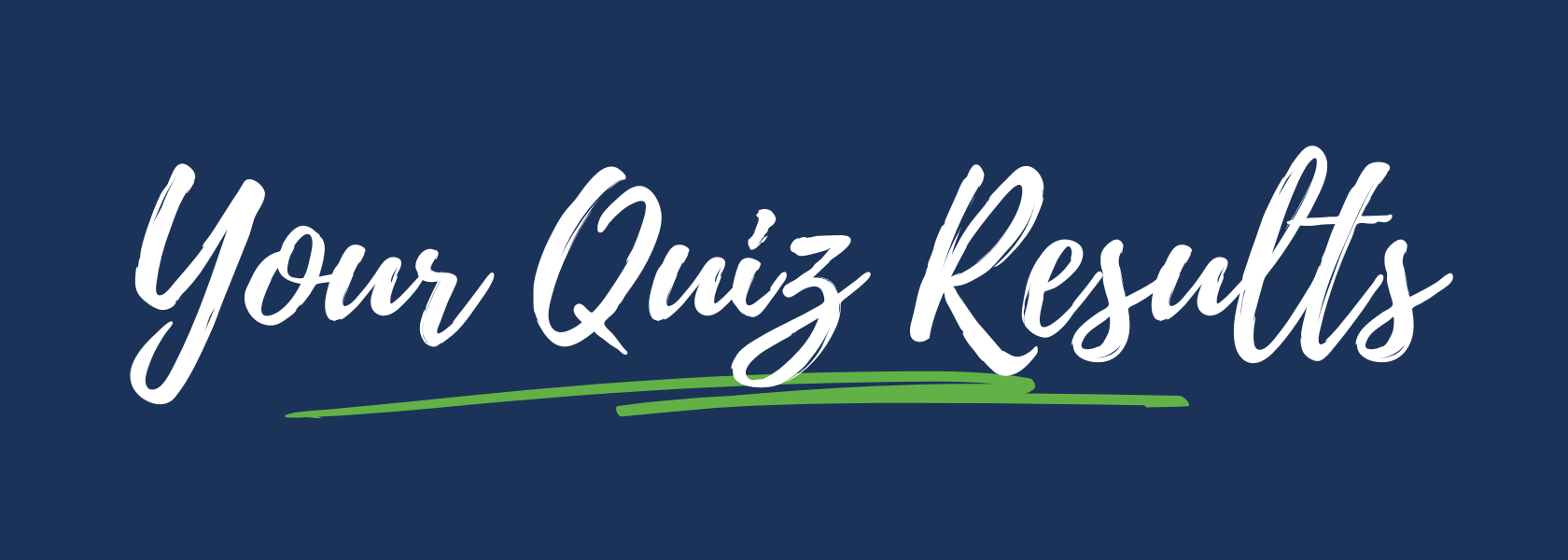We crunched the numbers (well, sort of), and here’s what your answers say about where your school is and where you might go next.
YOUR SCHOOL is ready for…
Elevating Oracy and Academic Language
Congratulations! Your school is recognizing that oral language isn’t a soft skill. It’s central to thinking, learning, and literacy. When students can talk it, they can write it. They can read it. They can own it. This is where you begin to view student talk as fuel, especially for multilingual learners. You’re ready to deepen how your team scaffolds academic discussion, builds content-rich vocabulary, and creates opportunities for every child to express their thinking out loud. It’s also a moment to take a hard look at your school’s multilingual programs. Are they empowering learners to access the full literacy journey?
Get ready to hear thinking out loud and watch students use talk as the bridge to deeper learning.
Start here.
Course Taster: Language Comprehension in the Play-based EY Classroom
Watch the selected lessons on speaking and listening and accountable talk.
Where do we see student talk supporting deeper thinking?
Where is it missing?
Create a quick inventory of current talk routines in each grade level.
Click the image to access the resource.
Next…
Try using this CLIL Success Criteria tool during your next unit design or curriculum review session. It’s a great way to check if your planning supports both content learning and language development, especially for multilingual learners.
Does your unit draw from each mindset?
Where are you strong, and where could a shift unlock more access and equity?
Finally…
Course Taster: Cultivating Community- G3-G8
Introduce or refine one collaborative talk routine schoolwide. Practice together in a labsite or PLC and use the “Look–Listen–Notice” reflection tool to observe who is speaking, what’s being said, and how it connects to learning.
- Look: What are students doing with their bodies during talk time? Are they facing each other? Using visuals or sentence frames? Following discussion norms?
-Listen: What kinds of language are students using? Are they building on one another’s ideas, using academic vocabulary, or just responding to prompts?
-Notice: What does this tell us about learning? Who is participating? Who is silent? Is talk deepening understanding?
Like what you’ve unlocked?
These tasters are just the beginning.
Want full access to this course - plus our entire library of professional learning resources, planners, tools, and on-demand sessions? It all lives inside the EKC Community Membership.
Ready for more? Drop your name and email below, and we’ll be in touch to explore the right access path for your school.





